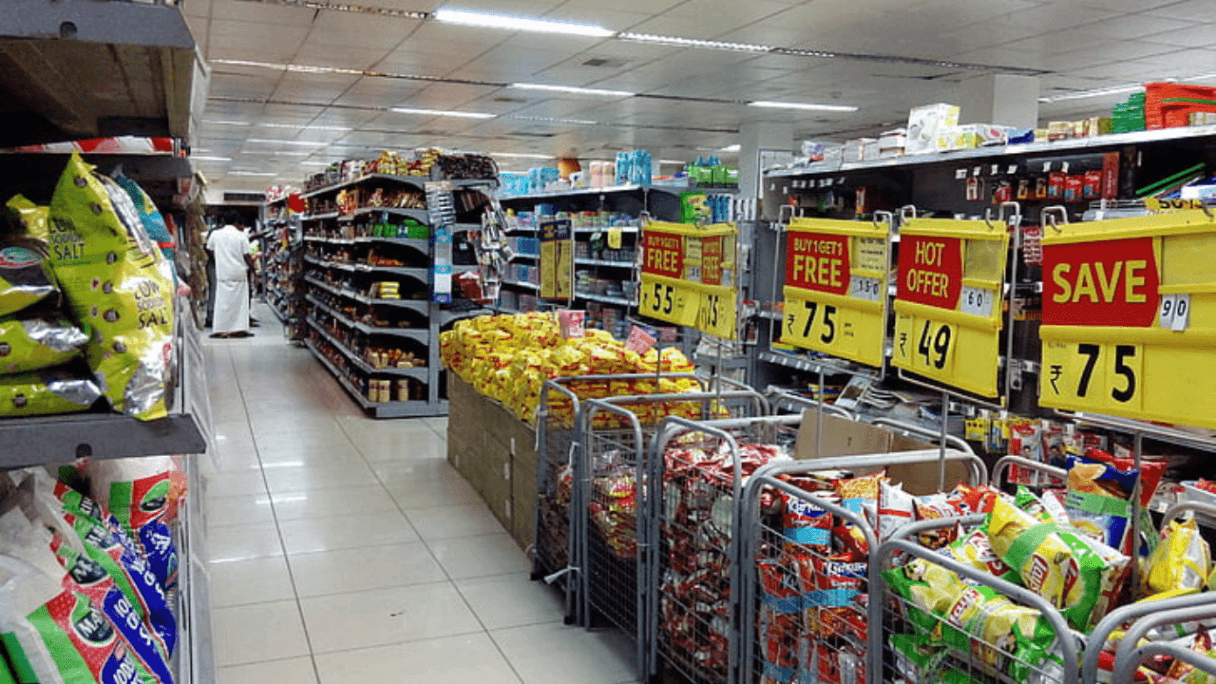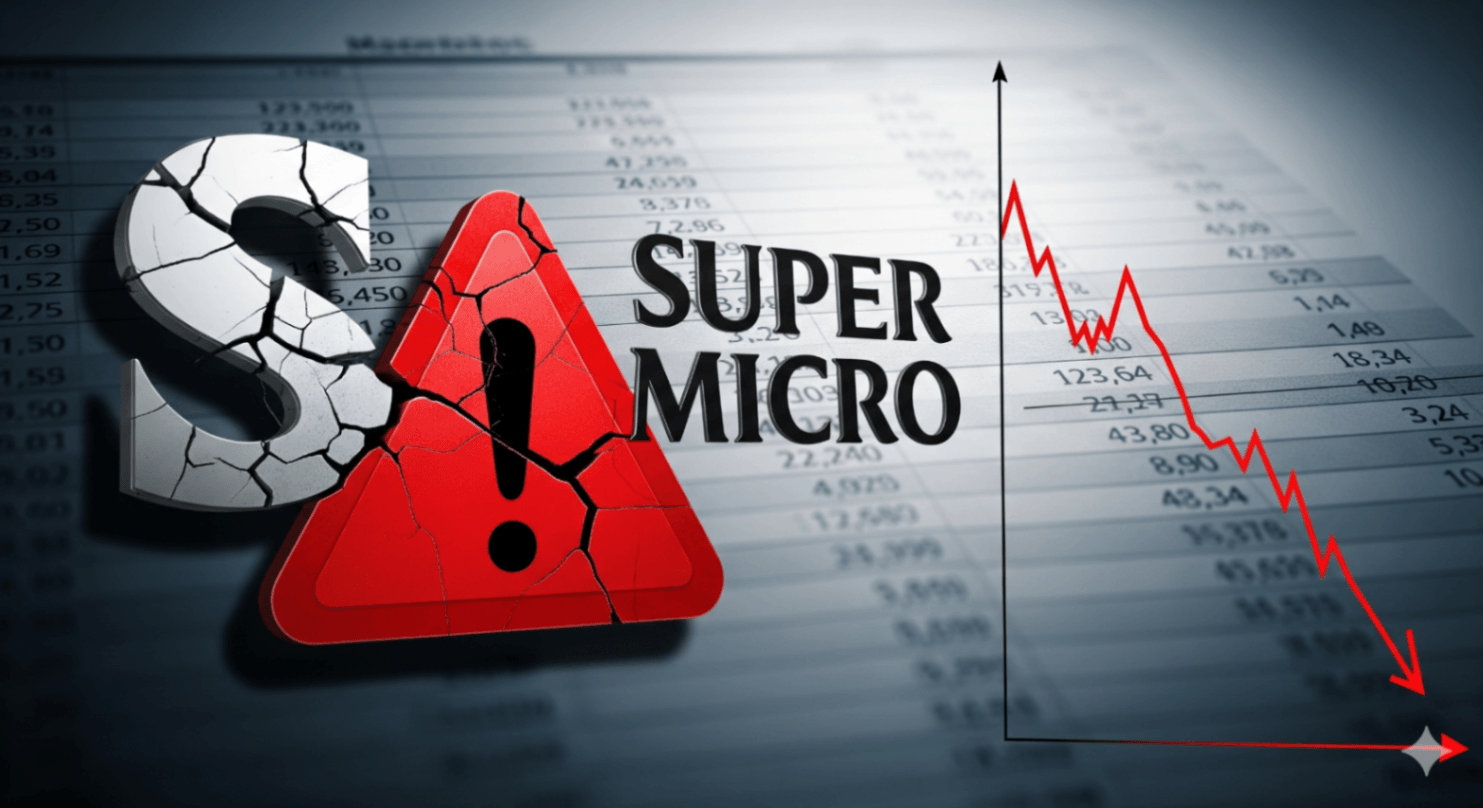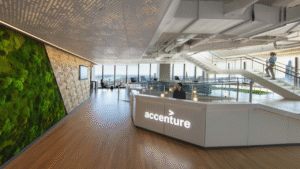Introduction
U.S. shoppers defied worries in August, increasing spending by 0.6% from July, according to the latest Commerce Department data. This better-than-expected jump comes amid rising tariffs that are squeezing costs, squeezing jobs, and threatening to push more inflation down the road. Even so, consumers leaned on back-to-school demand and online purchases to keep retail moving.
Highlights
- Retail sales rose 0.6% in August over July; excluding autos, the gain was 0.7%.
- Price pressures are growing: inflation ticked up 0.4% month-over-month, and consumer prices are now 2.9% higher year-over-year.
- Job growth is weak: employers added only 22,000 jobs in August, far below expectations, pushing unemployment up to 4.3%.
- Strong categories included online retail (up ~2%), clothing & accessories (+1%), and restaurants (+0.7%) while autos were volatile due to tariffs on foreign vehicles.
Deep Insights: What’s Behind the Numbers
Tariff Pressure is Pinching Costs
Tariffs on foreign-made goods—especially cars and parts—have made certain products significantly more expensive, either because importers are paying more or because they stocked up ahead of tariff hikes. Companies like Walmart↗, Macy’s↗, and Home Depot↗ have already reported some price increases.
Companies absorbing tariffs in inventory earlier may have blunted the immediate cost impact, but as inventories run out, the higher import and production costs are expected to flow through to consumers more forcefully.
Jobs Are Not Keeping Up With Costs
While retail spending is up, the labor market reveals cracks. Only 22,000 jobs were added in August—far fewer than expected—and unemployment ticked up to 4.3%, the highest since 2021. With wages growing slowly for many, households are feeling the squeeze.
A weaker labor market can reduce consumer confidence, meaning spending gains might increasingly reflect price hikes, not actual volume increases. Indeed, sectors with discretionary spending (restaurants, clothing) saw moderate gains, but even these could falter if incomes don’t keep up.
Consumer Behavior: Buying Early and Smart
Some of the August strength seems driven by shoppers trying to stay ahead of coming price increases. Back-to-school shopping spurred strong demand in clothing, accessories, and electronics. Online sales rose ~2%.
But not all categories benefited equally. Auto sales remain volatile—it’s a mix of tariff exposure, supply chain disruptions, and waiting for clearer cost forecasts.
Market Impact: What It Means Going Forward
- Inflation risks are rising: With tariffs pushing up costs, and inflation already above many forecasts, the pressure is on the Federal Reserve to decide whether to raise rates or hold steady.
- Consumers may shift spending: As costs climb, households especially those with moderate or low income may cut back on non-essentials or wait for sales. Discretionary spending could lag.
- Retail businesses face margin squeeze: Those who can’t pass costs to consumers without damaging sales will need to find efficiencies. Inventory management, supplier contracts, sourcing strategies will become more critical.
- Policy risk looms large: Tariffs and trade policy are increasingly central to economic risk. As costs mount, pressure on lawmakers to soften or adjust trade restrictions may grow.
Expert Views
- “We’re seeing a delayed effect of tariffs start to hit consumers,” said Ted Rossman, senior analyst at Bankrate. “Retailers are trying to absorb what they can, but eventually these costs flow through.”
- Trade policy economist Lisa Chiang notes, “With the labor market cooling and price pressures rising, the margin between consumer optimism and stress is narrowing. This is a test of whether the consumer can keep propping up the economy, or whether the combination of inflation and weak hiring pulls us into broader slowdown.”
FAQs
1. Why is the 0.6% retail sales increase considered good news even though inflation is present?
Because expectations were for slower growth—0.2% or so. The fact that sales rose 0.6% suggests consumers are still spending, helped by back-to-school demand and advance purchases before prices go up. Still, inflation weakens the real value of that spending.
2. What parts of retail grew the most?
Online retailers saw about a 2% jump. Clothing and accessories rose ≈1%. Restaurants also and other discretionary sectors saw moderate gains. Auto sales and auto‐related sectors were more volatile due to tariffs.
3. How are tariffs hurting jobs?
Tariffs raise costs for companies—suppliers, importers, manufacturers—which can reduce hiring or force layoffs if profit margins are squeezed. Also, some sectors more reliant on imports or foreign inputs are hit harder. Data show job growth is slowing considerably.
4. What’s the inflation situation?
Prices rose 0.4% from July to August. Year-over-year, CPI is up 2.9%, and core inflation (excluding food & energy) is around 3.1%, both above Fed target.
5. Will this trend last into the holiday season?
Maybe — but it depends on two main things: job growth and cost pressure. If hiring remains weak and tariffs continue or increase, inflation could erode consumer spending. But if supply chains stabilize and inflation cools, retailers might continue to benefit.
Conclusion
August’s retail sales report is a mixed bag: a positive surprise in spending growth, underpinned by back-to-school demand and prepurchases ahead of expected price hikes, but shadowed by rising inflation and a soft labor market. Tariffs are adding weight to costs, and while consumers have held on so far, the margin for error is shrinking.
What matters next is whether real income growth catches up, whether businesses can absorb or pass costs without undercutting volume, and whether policymakers can ease trade tensions. Because if not, the current resilience might give way to sharper strain later in the year.

































